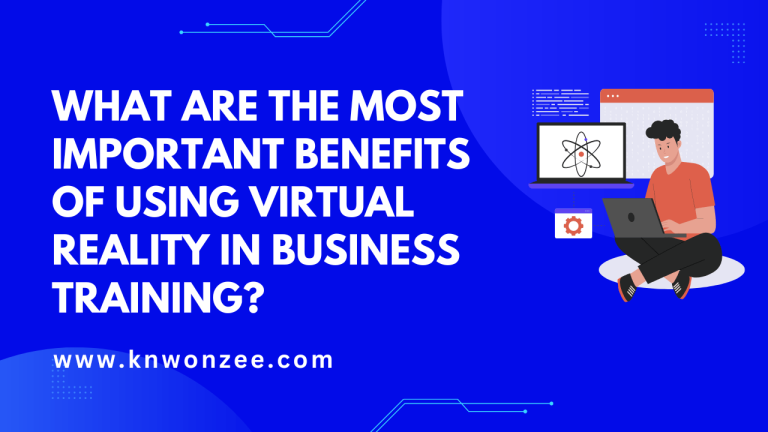Creating a Mobile-Friendly WordPress Website: Tips and Tricks

In the world of hundreds of mobile devices, having mobile-friendly websites is the most important thing. Since the last few decades, better, cheaper and functional mobile devices are arriving. This makes the need to have mobile-optimized websites quite obvious.
The shift in increased number of users over mobile devices than desktop has made developers rethink the idea of desktop-only websites. They are now moving towards a mobile-first approach.
Most of the users surf the internet on smartphones and tablets, hence having a mobile version for your website is inevitable. If you’re thinking of adapting your business website into a mobile-friendly WordPress theme, then you’re at the right place.
Read more: custom wordpress development services
In this article, we’ll explain how to build a mobile-friendly WordPress website in an easy way. Let’s grab your coffee and get right into the guide.
Before moving into intricate details, let’s take a quick look at what a mobile-optimized WordPress website actually means.
What Do You Mean by Mobile-Friendly Websites?
Mobile-friendly websites generally mean websites that perform exceptionally responsive on mobile devices such as tablets and smartphones. They are designed differently and can be easily adapted to the screen and functionalities of mobile devices. Moreover, mobile-friendly websites do not need high internet connection which is also a plus point.
Why Do You Need a Mobile-Friendly WordPress Website?
Now why do you need a mobile-friendly WordPress website? Let’s discuss some important reasons:
To be completely candid, we can reiterate that there is a huge number of browsers and screen sizes to consider. So, mobile-responsive websites would do a great favor and work perfectly with a variety of screens sizes and devices. Still, you have to follow these instructions for the following reasons:
- There is a record amount of mobile traffic. At the moment, mobile devices are loading 60.04% of webpages.
- Compared to desktops or laptops, most users considerably spend more time on mobile devices as compared to other desktop devices.
- You may lose a lot of money in conversions if you don’t optimize for mobile visitors.
Tips & Tricks to Build a Mobile-Friendly WordPress Website
Here are some tips and tricks to help you build a mobile-responsive WordPress website:
- Select a Mobile-Responsive Theme
If you’re developing a website from scratch, design a responsive website for mobile devices. Choose a mobile-responsive theme for your WordPress website and it will adapt to the screen size of the user. Developers will not have to build separate websites for multiple devices and platforms.
It means that the design and layout of the website will not be altered with different screen sizes. Mobile-optimized WordPress websites allow us to develop a consistent experience
- Optimize Images & Media
Images, videos or animations play a significant role in communicating the right message on a website. However, you should be careful to optimize their sizes to deliver a decent user-experience.
- Compress and resize bigger pictures. The speed at which a page loads on a website can be greatly impacted by huge picture files. Reducing the size of picture files without sacrificing quality is one method for producing high-quality photos. Utilize programs such as Compressor.io, Kraken, and JPEG Optimizer.
- Make use of a content delivery network. Through compression and caching, image content delivery networks (CDNs) aid in the optimization of pictures for websites. By shortening the time it takes for photos to load, this can enhance website speed. On the other hand, CDNs must be used with other optimization strategies, including gzip compression and smaller picture file sizes.
- Incorporate Short Content & Prioritize CTA
Undoubtedly, content is an important aspect of a website. But you should avoid using huge blocks of text. Detailed chunks of content give a messy look to the website, are illegible and not easy to skim.
On the other hand, if your focus is on using short and crisp sentences, then that will be digestible and easy to understand on a mobile device.
In addition to that, developing a custom WordPress website also requires you to arrange content on your website in an organized way. The most important content and call-to-action (CTA) buttons are near the top of the web page. In this way, users will be able to access them without scrolling extensively.
- Optimize for Touchscreen Interaction
Touchscreens are one of the cornerstones for mobile devices. Therefore, WordPress developers should design interactive elements, buttons and features for users to interact properly. Always keep touchscreen perspective in mind because such a small feature helps to get your visitors hooked for a longer period of time.
- Improve Page Loading Speed
The amount of time it takes for a page to fully load on a website is known as the page load speed. Improving the user experience requires optimizing the load speed. The amount of time it takes for a page to fully load on a website is known as the page load speed. Improving the user experience requires optimizing the load speed. According to a survey data supplied by Digital.com, users spend more time on a website that loads faster and will bounce from websites that take ages to load.
In addition to user experience, the speed at which pages load affects the website’s search engine ranking. Google literature states that due to the mobile-first indexing strategy, pages with faster load times will probably have higher SEO rankings.
Bottom Line
We tend to do everything on the go. From reading a blog, ordering groceries, to booking a ride or taking an online exam — hence mobile devices are the need of the digital era.
The speed at which the better and cheaper mobile devices are arriving, indicates that the trend to create mobile-friendly websites is not going to be slow. Instead, we can foresee a time when there will be smart mobile devices only.
So it’s high time to take up the challenge and think, design, and build mobile-friendly WordPress websites for your business. Or if you’re already doing business and have a handy website live; you can follow our above-mentioned tips and tricks to make it mobile-optimized – in an easy and efficient manner.






